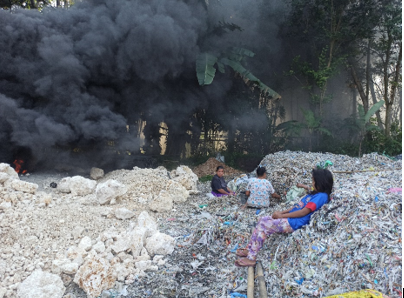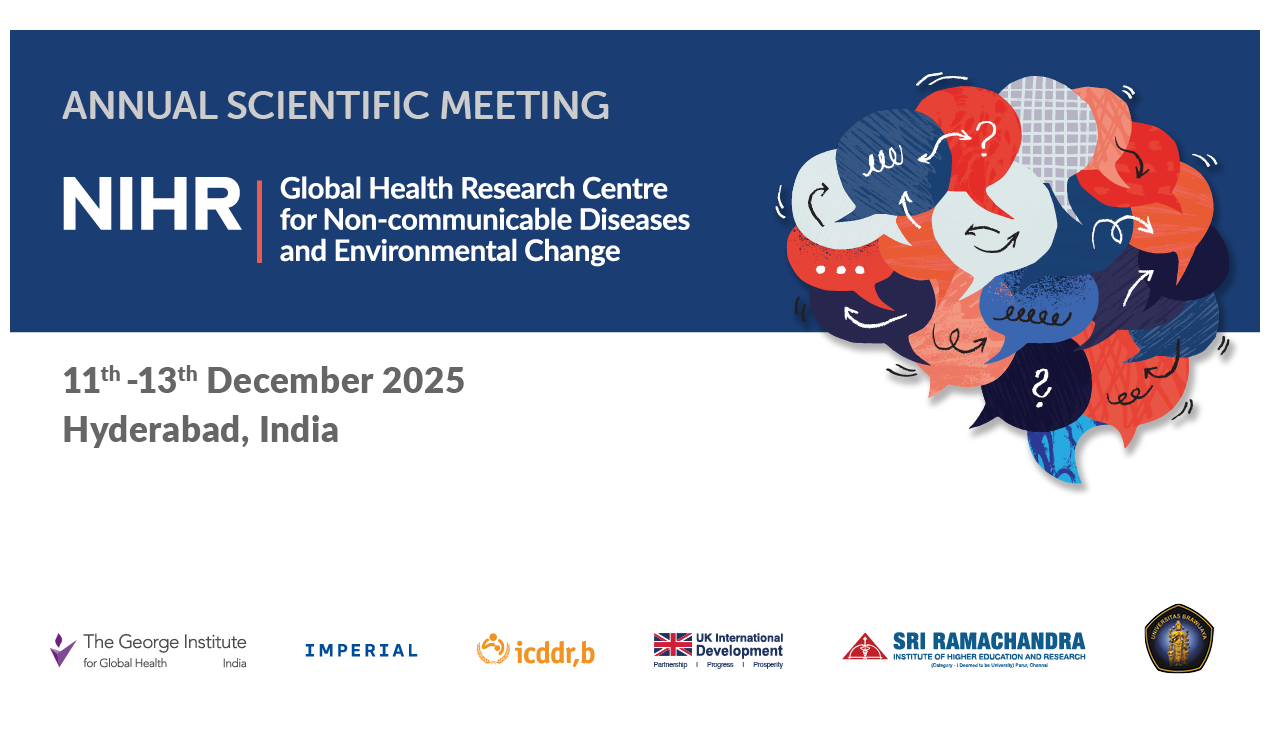10 February 2025
Plastic pollution is one of the major global challenges of our times that affects all countries alike. Plastic fibers being found in deep sea locations, Arctic and the Antarctic regions where human activity is somewhat limited, shows the widespread nature of the problem. In November 2024, the world leaders and their representatives met in Busan at the 5th session of the Intergovernmental Negotiating Committee (INC) on plastic pollution. But the committee could not reach a consensus on limiting plastic production, which remains a major stumbling block to solving the plastic pollution problem.
Once produced, plastic can persist in the environment for several thousand years 1, leaching harmful chemical in the environment. One compound, dioxin, leached by plastic 2 is known to cause can cause hepatitis, liver swelling, and even cancer. The dangers of plastic pollution are well documented and have been broadly communicated in schools and through mainstream media, however people’s attitude to the use of plastic products has not undergone a massive change.
In fact, in Indonesia, several communities have been documented to burn plastic as a means to manage the waste. According to the Central Statistics Agency (BPS) 2024, Indonesia is ranked among the 20 least environmentally friendly countries on the environmental performance index 3. About a third of plastic waste, nearly 10 million Tonnes, remains unmanaged in Indonesia. In the capital city, Jakarta, the amount of waste processed is only about 3.77%. Looking at the amount of waste the communities have to deal with, burning may seem like a viable alternative. But it could take a toll on the health of the communities in the long run.
At the NIHR Global Health Research Centre for Non-communicable Diseases (NCDs) and Environmental Change, our team at University of Brawijaya is focusing on understanding the health risks of plastic Burning. In order to find alternatives to the problem, we are also closely collaborating with the community to understand how and why they burn plastic.
One of the methods that we used to this end is the photovoice method. In this method, community members participating in the exercise can use a camera to document their ideas, their concerns, and any other emotion that the topic of discussion brings out in them. They are then able to talk about it in a small group. This method, therefore, helps in understanding the collective consciousness of the community and has become an important avenue for meaningful engagement with the communities.
We are also using photovoice to foster social change, enhance community engagement, increase awareness of community resources, and foster self-efficacy of our research partners.
We conducted the photovoice exercise in six villages, in Malang District, Eastern Java Province Indonesia and replicated the exercise at least six times with different participants to have representation from different types of communities and to understand their local contexts better.
Learning from the process: Strengths and Weaknesses
Through discussions we learnt that the community is conscious of air pollution and could even recognize the black ash associated with burning plastic (Appearance of black ash typically indicates that the onset of limestone production).
One of our early hypotheses for people not raising their voices against the pollution due to rampant plastic burning was because of the Javanese culture, where living harmoniously with neighbours is very important. But through discussions, we came to know that while that may be a factor, there are other factors governing community behavior. The lack of protest against plastic burning because the community perceived it to bring positive, rather than negative, health impacts. During the exercise, the participants claimed that burning plastic reduced mosquitoes in the region, which causes dengue. In fact, this practice has now become a part of the tradition for managing mosquitoes.
Burning plastic is also part of their solution for reducing solid waste and in some cases, it is in fact used as a source of energy for the home industry. An example of that is the home units producing fried tofu.
We also found that even when people, including health cadre, were aware of the harmful effects of air pollution, their understanding in the context of plastic burning was limited. Participatory action research helps in digging deep to find these gaps and learn more about the knowledge attitude and practices of the local community.
So photovoice helped us understand the following important points:
- Communities consist various perceptions on their motif to burn plastic. Burning plastic for the local community is perceived as a pragmatic and cost-effective way to manage household waste.
- While people are aware of the short-term impacts of burning on their health, like sore eyes or a cough, they are largely unaware of the impact of this activity on their long-term health and its relationship with chronic disease.
- Photovoice can be used an instrument to generate awareness. During the participatory process, the health cadres and members of women empowerment program (PKK) were able to generate awareness about the health issues related to plastic burning. The process involved having a community advisory board that could foster 2-way communication between the cadres and the communities.
These learnings will feed back into our research and help us think about potential solutions that might work for the community. It is only through developing meaningful engagement with the community, that we can raise awareness of the health impacts and explore solutions that could be acceptable to all.
—————————————————————–
This blog post was authored by Haryani Saptaningtyas.
About the author: Haryani leads the community engagement initiatives of the NIHR-GHRC on Non-Communicable Diseases and Environment Change in Indonesia. She is also the Director of the Percik Institute (www.percik.or.id) and a lecturer at the postgraduate school of Sebelas Maret University (h.saptaningtyas@staff.uns.ac.id). This article has been supported and is in collaboration with Damar Waskitojati (damar96@gmail.com) and Christina Bara (cmumpuni@gmail.com)
This research was funded by the NIHR (Global Health Research Centre for Non-communicable Diseases and Environmental Change) using UK international development funding from the UK Government to support global health research. The views expressed in this publication are those of the author(s) and not necessarily those of the NIHR or the UK government.






